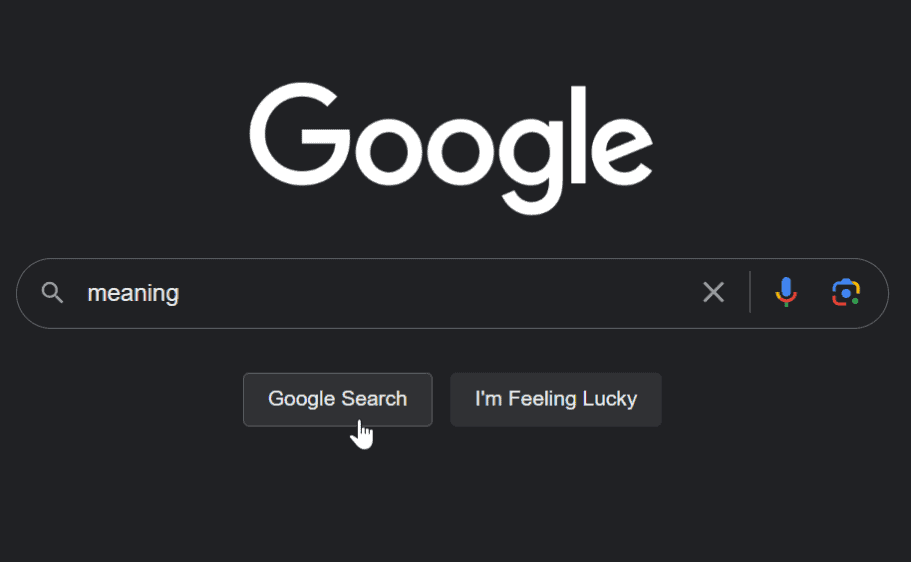Bite the Bullets (A quick summary if you don’t want to read the whole article)
- Take stock of negative influences in your life (people, shows, news, etc.) and limit your exposure to them
- Amplify what is good in your life (people, shows, etc.)
Savor the Summary
There are some books that have too many nuggets of knowledge to summarize them in a single article. The Storytelling Animal: How Stories Make us Human by Jonathan Gottschall is definitely one of them. In my first article relating to The Storytelling Animal (check it out here!), I discussed how the shows we watch and books we read are stories that help us simulate real life situations. And that we can take advantage of the “simulations” we put in our minds to level up our desired skills.
Beyond this, what resonated most with me was when Gottschall discussed the types of stories we are most drawn to on both conscious and subconscious levels. After hearing this and reflecting on how my days/weeks/years have gone when I ingested certain types of stories, it gave me a new energy to take control of the types of stories I consume so I can live my best life.
The following is a summary of how different story types can shape our lives and how being picky regarding our diet of stories can seriously improve our mental health and outlook on life.
Out With the Bad
Francine wakes up to the chiming of her alarm. After two deep breaths Francine gets out of bed, plays her favorite Monday morning jam, The Rascals’ “It’s a Beautiful Morning,” and sings along in her perfect shower voice as she is getting ready for the day.
In the other room, Francine’s twin sister Stacy is jolted awake by the buzzing of her alarm. Rolling around in bed she checks her social media and news feeds for fifteen minutes. “Great,” she thinks to herself. “Another day, another international tragedy, murder, and sour economic forecast. Happy Monday…” she groans sarcastically to herself as she rolls out of bed.
Can you guess who is more likely to have a positive experience that day/week? If you guessed Francine, you are correct! But if we know this and we all want to have positive days, why do most of us live like Stacy’s?
Because as Gottschall mentions, “Trouble is the fat read thread that ties together the fantasies of pretend play, fiction, and dreams, and trouble provides a possible clue to the function they all share: giving us practice in dealing with the big dilemmas of human life” (83).
Whether we are awake or dreaming, we are drawn to stories of danger, death, and destruction like moths to a flame. As part of our evolution, real threats have always been a primary focus because we needed to avoid them to survive. Even stories of threats (e.g. most of what’s in the news) captivate us because it taps in to the same survival instinct. Now the media focuses on this making trouble seem more prevalent than it truly is.
The main problem with overindulging in stories of “trouble” is that most of the trouble we read or hear about is NOT a direct threat to us. However, it still dominates our internal narratives of how the world is, keeping us in perpetual states of fear and pessimism. Even if it is a low level of fear or pessimism it is enough to alter the confidence with which you approach the world. At higher levels, these stories support a mental environment of depression.
But it is NOT all doom and gloom. Whether we admit it to ourselves or not, we have complete control over what we put in our minds. And, just like with our diets, the stories we consume impact our mental states.
I am lactose intolerant, and if I put milk in my body I am going to have digestion problems for at least the next four days. In the same way, the stories we consume are the diets for our mind. So, if you know you have an intolerance to certain stories and they make you feel bad, why would you consume them?
In the previous story, Stacy has a clearly negative reaction to reading news first thing in the morning. So, it isn’t hard to see that Stacy’s outlook on life could drastically improve if she removed those negative morning stories she was consuming. But anyone who’s tried dieting where you simply “stop eating the bad stuff” knows that this approach won’t last without some healthy and tasty substitutes.
In With the Good
Just as it is hard to crave candy after you eat a bunch of healthy and sweet fruit, replacing the negative stories with positive ones will prevent a relapse into consuming negative content. In the previous story, imagine Stacy is unable to break the habit of immediately looking at her news feed first thing in the morning. Similar to many of us, dopamine addiction has gotten the best of her and she believes she can’t control her need for screen time.
A way to make the best of this situation would be to start downvoting, disliking, or choosing “show me fewer of these stories” when presented with negative sensationalist news. At the same time, upvoting, liking or choosing “show me more of these stories” when seeing stories she likes (possibly artistic, funny, or triumphant stories) will shift what fills her plate for her morning mental breakfast. This simple change has the power to completely shift the trajectory of a day which, when done consistently, can compound into a better week and great year!
And this isn’t only relevant to news or TV shows. The same applies to people and places as well. Interacting with your surroundings is the live action story of your life, and if being around certain people or places reinforces a negative narrative you have about yourself or the world, remove those sources of negativity from your life and replace them with positive influences!
Now I know you might be thinking: “I enjoy hanging out with certain people sometimes,” “They are family and cutting them out of my life is impossible,” or “Being aware of what is going on in the world is essential.” In these cases, limit your exposure to what you know are negative influences. Ask yourself, “what is the minimum effective dose I need to be aware of world events or to stay connected to my friend/family member?”
At one point in my life the friends I surrounded myself with all drank a lot, so I drank a lot. On top of that, their views of the world were generally negative and defeatist. On the other hand, they were very caring and loving individuals so there is no way I was going to simply leave them behind. But limiting my exposure to events where there would be drinking and not indulging in conversations of bleak futures gave me back a positivity that good things are possible and the confidence to pursue those things.
The double bonus was that after limiting my exposure to these negative influences, I had extra time to bring in positivity. I had more time to study, resulting in better grades and improved confidence. Not being hungover allowed me to wake up earlier and exercise, completely shifting my health. And all of this combined to support my refreshed and positive narrative that life IS beautiful and all things are possible!
Conclusion
Stories exert a commanding force on our lives and mentalities. Just like food, our diet of content influences our mental and physical wellbeing. Francine singing “It’s a Beautiful Morning” to start her day is much more likely to kickoff a great day as opposed to her sister Stacy reading apocalyptic news in the morning.
And whether we admit it or not, we DO have control over our lives. So why not take control of the stories you consume to alter your reality for the better? Even if you believe the “reality” of things is negative, ask yourself what is the harm in not being reminded of it all the time? “As the philosopher William Hirstein puts it, positive illusions keep us from yielding to despair” (174).
Stop gorging yourself on negative stories and start consuming the superfood of positive ones. Out with the bad, in with the good.



